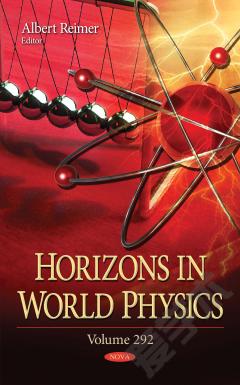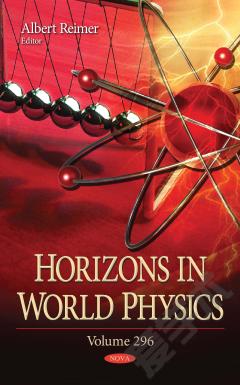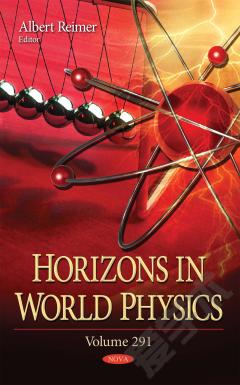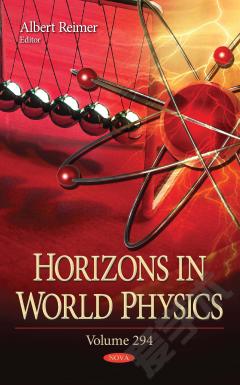Horizons in World Physics. Volume 293
In chapter one, M. V. Abramov, A. P. Kusyak, O. M. Kaminskiy, S. P. Turanska, A. L. Petranovska, N. V. Kusyak, and P. P. Gorbyk present research aimed at the progression of the concept for the development of magnetosensitive nanocomposites with multilevel hierarchical nanoarchitecture and functions of biomedical nanorobots. Afterwards, A. Zubow, K. Zubow and V. A. Zubow propose a mechanism for the photoelectric effect based on gravity in chapter two, with the photoelectric effect being modeled by shifting the equilibrium. In chapter three, Kouichi Nakagawa studies the potential use of a sucrose dosimeter to estimate linear energy transfer and absorbed dose of heavy ion and X-ray radiation. In chapter four, Xiaoping Sun, PhD explores the electron paramagnetic resonance of various charge-transfer reactions giving radical pairs. Next, in chapter five, A.L. Gyulbudaghian concludes that the radial systems of dark globules are of two types based on surveys of the northern and southern hemispheres. In chapter six, Lorenzo Zaninetti presents research using a thermal model and a second cold model, comparing both with the results of numerical hydro-dynamics. In chapter seven, Michael L. Smith and Ahmet M. Öztaş present findings that a marginally modified Schwarzschild relationship foretells the nature of gravitational attraction by subatomic and atomic particles. In chapter eight, Janusz Garecki summarizes past articles on gravitational radiation wherein it has been shown that the real gravitational waves possessing a non-vanishing Riemann tensor constantly carry energy-momentum. Lastly, in chapter nine, Daria A. Tretyakova, PhD and Timur M. Adyev examine null geodesics for the scalar-tensor black holes in the Horndeski non-minimal kinetic coupling framework.
{{comment.content}}








 京公网安备 11010802027623号
京公网安备 11010802027623号